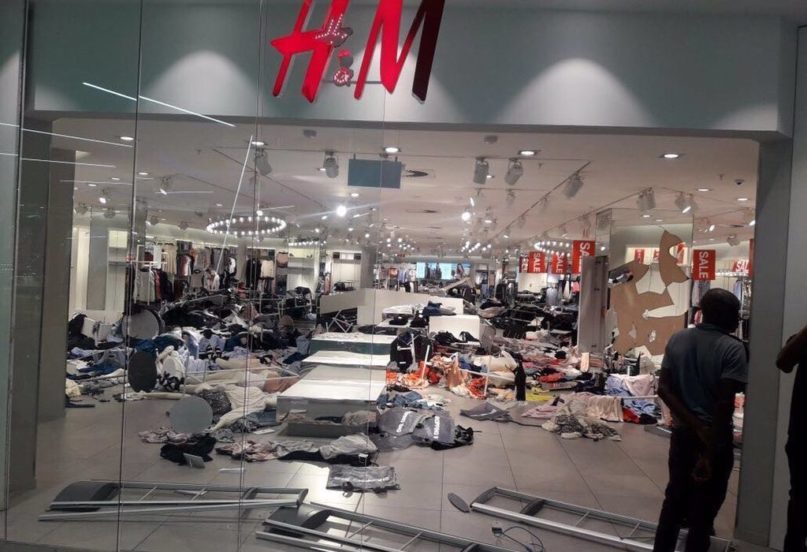Written by Umer Altaf, Peak Associate
Last month, the multinational clothing retail company H&M faced extreme backlash for an advertisement posted on their UK website. The ad promoted a green hoodie modeled by a young black boy; the hoodie bore a slogan reading, “coolest monkey in the jungle.”
Seemingly unbeknownst to H&M, the word “monkey” has historically been used as a derogatory term for a person of African ancestry. In response to the ad, several prominent black celebrities, including Canadian artist The Weeknd, took to social media to support a boycott and ended their partnerships with the company.
Whilst a strong show of solidarity, these acts of protest were seemingly trivial when compared to one that occured in South Africa. Six H&M locations were targeted, with protesters smashing windows and destroying property. The event was substantive enough to draw significant police force, who used rubber bullets to disperse the crowd. H&M released a statement apologizing for the incident, but of course by then the damage had already been done.
This type of strong political response raises complex questions. What ought the reasonable limits of protest be? How seriously should we take intention, and how much weight of responsibility should be place on those that merely represent the party at fault?
We know the reason behind H&M’s unfortunate advertisement. In the United Kingdom, where the ad was placed, “monkey” is a common term of endearment for a child. Knowing this makes the caption mentioned above rather less sinister. Yet a company of the scale of H&M ought to have known that an online posting could be viewed by anyone, and as such, should have been screened for any and all audiences.
Whether we want to think of this occurrence as an honest mistake, or a severe political failure, we need to take one thing very seriously. H&M never intended to harm any party, lacked the prerequisite knowledge to know that they risked harming any party, and made no attempt to deny the impact of their grave mistake. While some might consider this to be a trivial difference, I would argue that it is the defining one. Intention is central to the assignment for moral blame.
That being said, I’m sure we can all agree that H&M could have done more to make sure that such a mistake wasn’t made, such as by working harder to educate themselves on social issues. We can also all agree that the public’s negative response to such a potentially hurtful image is understandable. Where we might disagree, however, is on how severe the response to such a mistake ought to be.
Trashing the stores of a company and causing public fear and panic does little to resolve the underlying issue, especially considering that most of the employees there have little to do with the advertising teams or with the overall direction the company takes. The vandalism also does not lessen the pain that people may have felt for seeing such a poorly chosen advertisement. Worst of all, the violence gives the world’s actual oppressive systems more of a reason to demonize those who protest against racism.
Though it is easy to give in to the temptation of wanting those that have harmed others to pay, we cannot forget that moral judgements are complicated matters. Demonstrating our disgust in the harm of others is of course understandable. What might not be however, is the degree to which we show this disdain. Proportionality matters, and intentions must be central to that consideration.

